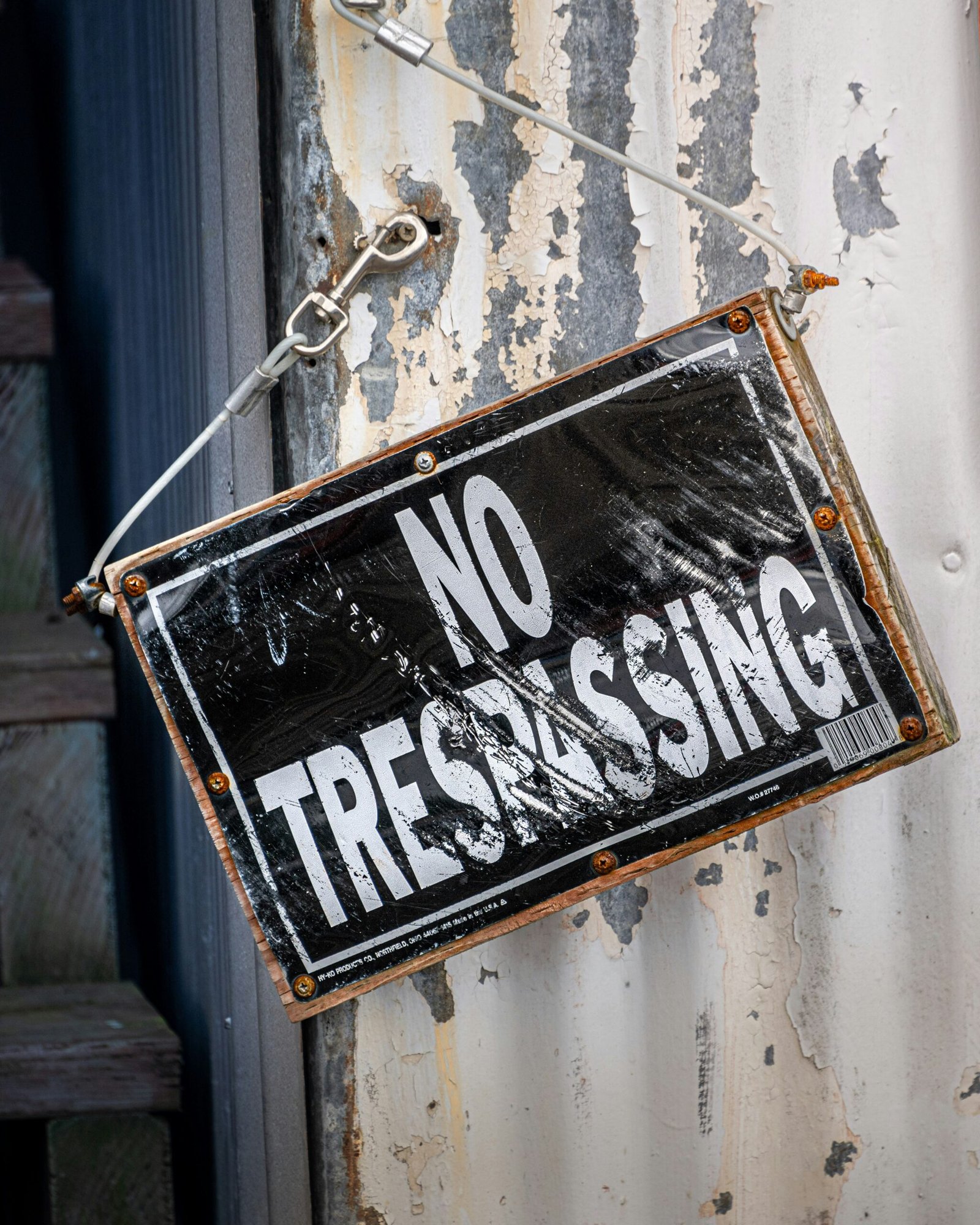The Dark Web: A Glimpse into the Digital Underworld
Introduction to the Dark Web
The dark web is a segment of the internet that is intentionally concealed and not accessible through standard web browsers. It is often mischaracterized and confused with the deep web, which encompasses all online content not indexed by search engines, such as bank accounts, private databases, and personal emails. The dark web represents only a small fraction of the deep web and is notorious for its inherent anonymity and the illicit activities that can thrive within it.
At the heart of the dark web’s functionality is the use of specific technologies that prioritize user anonymity. One of the most notable technologies is Tor, short for The Onion Router, which facilitates anonymous browsing by routing internet traffic through a network of servers to obscure a user’s location and usage. This encryption technology allows users to access websites with the “.onion” domain, which are specifically designed to be hidden from the general internet. The dark web hosts various forums and marketplaces where transactions can occur with relative anonymity.
While the dark web is often associated with illegal activities such as drug trafficking, arms dealing, and the exchange of stolen data, it also serves as a platform for free speech in oppressive regimes. Here, activists can communicate, share information, and access resources without the risk of government surveillance. This duality encapsulates the essence of the dark web—a space characterized by both moral ambiguity and potential for significant impact on individual privacy and human rights.
Understanding the basic principles of the dark web is essential for comprehending its complexities and implications. As we delve deeper into this digital underworld, it is crucial to differentiate the various layers of the internet and recognize how they interconnect to create a multifaceted online landscape.
Accessing the Dark Web: Tools and Techniques
Accessing the dark web requires specific tools and techniques that provide users with the necessary anonymity and security. The most widely used tool for navigating this concealed segment of the internet is the Tor browser. Tor, which stands for The Onion Router, allows users to access websites with .onion domains, effectively shielding their identities and activities from surveillance. By routing internet traffic through a network of volunteer-operated servers, Tor encrypts the user’s data multiple times, making it challenging for any entity to trace their online movements.
In addition to the Tor browser, many users choose to utilize Virtual Private Networks (VPNs) to bolster their privacy. A VPN encrypts the user’s internet connection, further obscuring their online activities and physical location. Combining a VPN with the Tor browser can provide an additional layer of security, especially for individuals concerned about the potential risks associated with dark web browsing. However, users must select a reputable VPN provider, as some may log user activity or sell data to third-party organizations.
Encryption methods are also essential when accessing the dark web. Utilizing end-to-end encrypted communication platforms ensures that sensitive conversations remain private. Tools such as Signal or PGP (Pretty Good Privacy) for email correspondence can protect your messages from eavesdropping. However, despite these protective measures, risks still persist. Users may encounter malicious software, deceptive websites, or even law enforcement monitoring certain activities on the dark web.
To minimize these risks, users must employ caution and best practices, including regularly updating their software, creating strong passwords, and being vigilant about the information they share. It is critical for users to remain aware of their digital footprint and the potential consequences of engaging with the dark web, thus ensuring that their exploration of this hidden layer of the internet remains as secure as possible.
Legitimate Uses of the Dark Web
The dark web, often associated with illicit activities, also serves as a vital platform for various legitimate purposes. It provides a unique space where privacy is preserved, allowing individuals to communicate securely and share information without the risk of government surveillance or censorship. This aspect of the dark web is particularly crucial for activists, journalists, and whistleblowers operating in oppressive regimes where freedom of expression is severely restricted.
For instance, journalists who investigate corruption or human rights abuses often rely on the anonymity the dark web provides. This not only protects their identities but also ensures that sources can safely share sensitive information without fear of retribution. Platforms such as SecureDrop, which operate on the dark web, enable secure communication between journalists and their sources, facilitating the dissemination of crucial information that may otherwise go unreported.
Additionally, the dark web can serve as a haven for whistleblowers who aim to expose wrongdoing within organizations or governments. By utilizing encrypted channels on the dark web, these individuals can disclose sensitive information while safeguarding themselves against potential legal or personal consequences. The exposure of misconduct through whistleblowing efforts can lead to significant reforms and hold powerful entities accountable for their actions.
In countries where oppressive regimes impose stringent censorship laws, the dark web acts as a space for the dissemination of uncensored information. Citizens can access news and discussions that are otherwise unavailable through traditional media channels. This free flow of information is critical for informed public discourse and can empower individuals in their struggle for democracy and human rights.
Overall, while the dark web has its challenges, it plays a significant role in supporting various legitimate activities that prioritize privacy and free speech. These positive contributions highlight the potential of the dark web as a tool for resistance against oppression and censorship in various forms.
The Illicit Side of the Dark Web
The dark web, often characterized by its anonymity and lack of regulation, has gained notoriety as a hub for illicit activities. It serves as a breeding ground for various illegal operations, most notably drug trafficking, weapons sales, and hacking services. The pervasive anonymity allowed by cryptocurrencies and encrypted networks facilitates these underground transactions, attracting individuals seeking to exploit this digital underworld.
Statistics illuminate the growing concerns about these illegal activities. According to a report by the European Monitoring Centre for Drugs and Drug Addiction, drug purchases on the dark web have surged by approximately 50% in recent years. Various dark web marketplaces, such as Silk Road and its successors, have generated billions in revenue from drug sales alone. Additionally, the global arms trade has increasingly shifted to online platforms that operate within the dark web, with data indicating that forums and marketplaces for weapons are experiencing heightened user activity, often resulting in serious security threats.
Hacking services have also proliferated within the dark web. Cybercriminals offer a range of services, from data breaches and identity theft to ransomware attacks, contributing significantly to rising crime rates in the digital age. A 2022 report by Cybersecurity Ventures estimated that cybercrime costs the global economy upwards of $6 trillion annually, a staggering figure that encompasses activities originating from the dark web.
The ramifications of these illegal enterprises extend beyond mere financial losses. Law enforcement agencies grapple with the complexities of policing the dark web, as traditional methods of investigation are often ineffective in this environment. The challenge of tracing cryptocurrency transactions and identifying perpetrators poses a significant conundrum, necessitating innovative approaches to combat the escalating threats emerging from this digital underworld.
Cybersecurity Threats and Risks
The dark web is often perceived as a relatively obscure part of the internet, yet it plays host to numerous cybersecurity threats that can endanger both individuals and organizations. One of the most pressing issues arising from this digital underworld is identity theft. Cybercriminals frequently utilize the dark web to buy and sell stolen personal information, including Social Security numbers, banking details, and login credentials. This illicit trade enables thieves to assume false identities, wreaking havoc on the lives of unsuspecting victims. Consequently, individuals must remain vigilant and adopt robust strategies to protect their personal data from being compromised.
Malware distribution is another significant threat linked to the dark web. Cybercriminals exploit this elusive platform to share harmful software that can infiltrate systems, steal sensitive information, or launch attacks on various networks. Examples of such malware include ransomware, which encrypts victims’ files and demands payment for their release, and spyware, which discreetly monitors user activities. Organizations and individuals alike should prioritize cybersecurity measures that include regular system updates, the use of reputable antivirus software, and cautious browsing practices to mitigate these risks.
The sale of personal data on the dark web poses further challenges for cybersecurity. Information that is leaked or stolen can be easily traded, making it crucial for individuals to remain informed about the state of their personal data. Implementing strong, unique passwords for different services and enabling two-factor authentication can significantly enhance protection against breaches. Being aware of potential phishing attempts and avoiding revealing sensitive information online are essential actions for safeguarding digital identities. In conclusion, understanding the potential threats from the dark web is vital in today’s interconnected world, prompting a proactive stance towards cybersecurity awareness and data protection.
Case Studies: Notorious Dark Web Markets
The dark web has been home to numerous illicit marketplaces that have gained notoriety for their operations. Among these, Silk Road and AlphaBay stand out as prime examples of the complex dynamics of digital underworld commerce. These platforms served not only as hubs for illegal activities but also highlighted the intricate methods of anonymity and transaction that individuals employed to navigate this shadowy realm.
Launched in 2011, Silk Road was perhaps the most infamous dark web marketplace, allowing users to buy and sell illegal goods, chiefly narcotics, with the safeguard of Bitcoin transactions that ensured privacy. Operating under a unique operational model, it incorporated a feedback system akin to eBay’s, fostering trust among users. However, its existence was relatively short-lived; in 2013, law enforcement agencies, after a extensive investigation, seized the platform, revealing the identity of its creator, Ross Ulbricht. The closure of Silk Road marked a significant moment in the battle against dark web crime, proving the capacity of law enforcement to infiltrate these otherwise secure digital dens.
Following Silk Road’s demise, AlphaBay emerged as another dominant player in the dark web market. Launched in late 2014, it quickly gained traction by offering a variety of illegal goods and services, ranging from drugs to hacking tools, thereby expanding the scope of dark web commerce. Its operational design allowed users to access a vast array of products in a more sophisticated manner than its predecessors. Similar to Silk Road, AlphaBay was dismantled in 2017 by law enforcement, signifying a continuing trend of government intervention in the digital underground space. The shutdowns of these dark web markets underscore the ongoing cat-and-mouse game between law enforcement agencies and users who frequent virtual shady marketplaces.
Law Enforcement and the Dark Web
Law enforcement agencies worldwide grapple with the complex challenges posed by criminal activities on the dark web. This portion of the internet, known for its anonymity and lack of regulation, serves as a haven for illicit activities, such as drug trafficking, arms sales, and cybercrime. Consequently, these agencies must develop specialized tactics and methodologies to infiltrate dark web forums and marketplaces effectively.
One prevalent strategy involves the use of undercover operatives who engage with users in dark web communities. These operatives may adopt fictitious identities to gain the trust of criminal actors, allowing them to gather intelligence and evidence while working to dismantle illicit operations. Additionally, law enforcement has increasingly turned to advanced technology, employing sophisticated data analysis tools to track illegal transactions conducted via cryptocurrencies, which are often used to preserve anonymity. By analyzing blockchain data and monitoring transaction patterns, authorities can identify suspicious activities and ultimately trace financial flows back to their source.
Despite these efforts, policing the dark web remains fraught with challenges. The anonymizing nature of platforms like Tor and the use of encryption make it exceedingly difficult for law enforcement to penetrate these networks. Furthermore, the global nature of the internet complicates jurisdictional issues, as criminal activities can span multiple countries, creating a maze of legal hurdles for investigators. As a result, collaboration among international law enforcement agencies has become crucial for effectively addressing the challenges of dark web crime. Collaborative operations, such as coordinated raids and joint task forces, help to ensure a united front against these digital criminals.
Ultimately, while law enforcement agencies have made significant strides in combating dark web criminality, the rapid evolution of technology and methods employed by offenders necessitate continuous adaptation and innovation in tactics to ensure public safety and security in both the physical and digital realms.
The Future of the Dark Web
The dark web, with its myriad layers of anonymity and secrecy, continues to fascinate both users and regulators alike. As technology evolves, the dark web is expected to undergo significant transformations, altering its role and perceived purpose in the digital landscape. One of the anticipated trends involves the increasing sophistication of encryption and anonymity tools, which may make it more appealing to privacy-conscious individuals. This growth in user base could lead to a more diverse range of activities on the dark web, extending beyond illicit transactions to include forums for free speech and political dissent in oppressive regimes.
Conversely, these advancements may provoke a more robust response from law enforcement agencies worldwide. As illicit activities on the dark web, such as drug trafficking and weapon sales, gain visibility, authorities are likely to enhance their technological capabilities for monitoring and infiltrating dark web markets. This cat-and-mouse dynamic between users and law enforcement could reshape the operational landscape of the dark web, from both a security and legal perspective.
Additionally, the fate of the dark web hinges on its relationship with mainstream technology. The integration of blockchain technologies and cryptocurrencies into everyday transactions raises the question of whether such elements might permeate the dark web more deeply. Will future developments lead to a greater acceptance and normalization of certain dark web activities? Alternatively, could increasing public awareness of this online space drive it further underground? As trends in social media and messaging platforms continue to blur the lines between mainstream and underground, the future of the dark web remains uncertain.
In conclusion, the dark web is poised for significant changes driven by technological, legal, and societal forces. These interactions will determine whether it evolves into a more recognized space for legitimate activities or remains a clandestine enclave primarily for those engaged in illicit ventures. The dual nature of the dark web will likely persist, reflecting the complex interplay of human motivations and technological advancements in the digital realm.
Conclusion: Understanding the Dual Nature of the Dark Web
As we have explored throughout this blog post, the dark web represents a complex landscape that embodies both a sanctuary for privacy and a breeding ground for illicit practices. On one hand, the dark web serves as a vital space for individuals who seek anonymity, enabling activists, whistleblowers, and journalists to communicate securely and share information without facing persecution. This aspect of the dark web underscores its potential role in promoting free expression and safeguarding personal privacy against oppressive regimes and surveillance.
However, it is essential to recognize the darker side of this digital realm, where illegal activities thrive. Markets for drugs, weapons, and stolen data flourish in anonymity, creating a challenging environment for law enforcement and raising ethical issues concerning cybersecurity and public safety. The contrast between the protective benefits and the criminal misuse of the dark web highlights its dual nature, revealing the ongoing struggle between safeguarding individual rights and curbing unlawful actions.
In navigating this digital underworld, it is imperative for individuals to maintain a balanced perspective, recognizing that the dark web is not merely a place of nefarious deeds, but also a necessary refuge for those who require privacy in an increasingly connected world. Being informed about the risks associated with the dark web is crucial, as is acknowledging the implications of our online activities. By fostering critical understanding, we can better appreciate the intricacies of the dark web while remaining vigilant against the significant dangers it presents.
Ultimately, the duality of the dark web creates a profound discussion around privacy, security, and the accessibility of information. By engaging with this topic thoughtfully, we contribute to an ongoing dialogue that strives for a safer, more informed digital landscape.









Very good Love it